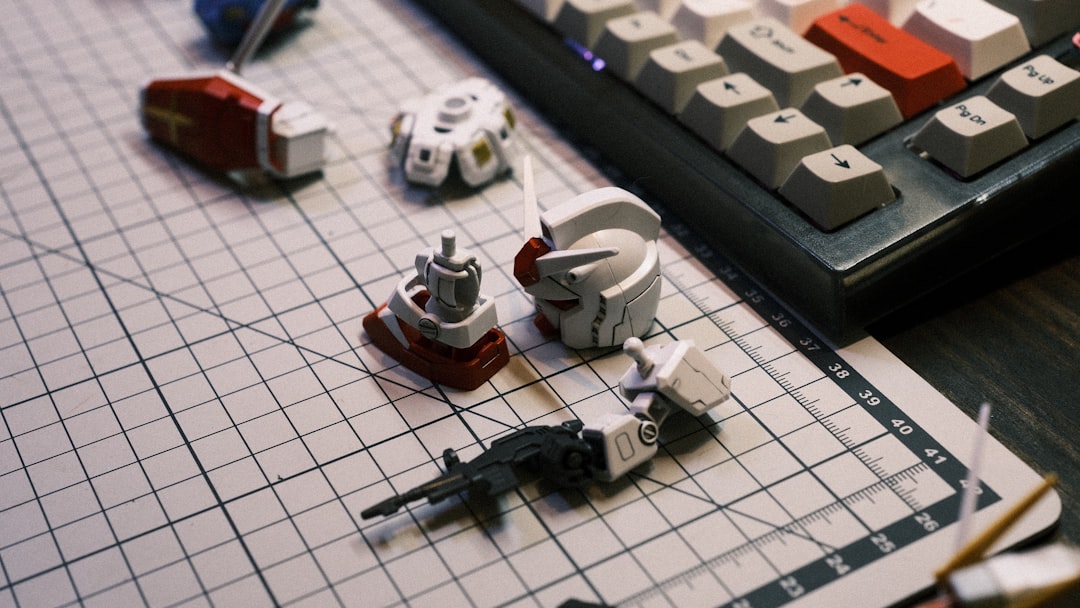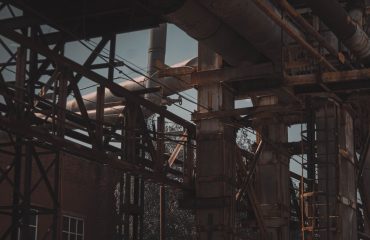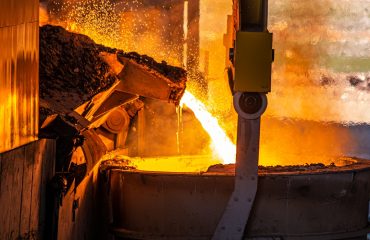body {
font-family: sans-serif;
line-height: 1.6;
}
h1, h2, h3 {
color: #333;
}
h1 {
font-size: 2.5em;
}
h2 {
font-size: 2em;
}
h3 {
font-size: 1.5em;
}
The integrity of steel pipes is paramount across diverse industries, from oil and gas to construction and water management. A single point of failure can have catastrophic consequences, highlighting the critical need for robust and comprehensive quality control systems throughout the entire production process. This blog post delves into the intricacies of ensuring high-quality steel pipe production, exploring the various stages and methodologies involved.
Raw Material Inspection: The Foundation of Quality
The journey to a high-quality pipe begins long before the manufacturing process. Rigorous inspection of raw materials is fundamental. This involves meticulous checks on the chemical composition of the steel, ensuring it adheres to the specified grade and meets the required strength, ductility, and weldability standards. Spectrographic analysis is commonly employed to determine the precise elemental composition, identifying any deviations from the prescribed specifications. Furthermore, visual inspection for surface defects such as cracks, pits, or laminations is crucial. Any material failing to meet these stringent standards is immediately rejected to prevent downstream issues.
Manufacturing Process Control: Precision and Consistency
Once the raw materials pass inspection, the manufacturing process itself demands rigorous control. Whether the pipes are produced through seamless or welded methods, continuous monitoring is essential. For seamless pipes, the extrusion or piercing process must be precisely controlled to maintain consistent wall thickness and diameter. Regular calibration of machinery and monitoring of temperature and pressure are crucial. For welded pipes, the welding process is particularly critical. Non-destructive testing (NDT) methods, such as radiographic testing (RT) and ultrasonic testing (UT), are employed to detect any internal flaws or inconsistencies in the weld seams. Automatic welding systems with real-time monitoring capabilities are increasingly used to ensure consistent weld quality.
Dimensional Accuracy and Tolerances: Meeting Specifications
Maintaining precise dimensional accuracy is paramount. Pipes must adhere to strict tolerances in terms of their outside diameter, inside diameter, wall thickness, and overall length. Regular measurements using high-precision instruments are taken throughout the manufacturing process. Any deviations from the specified tolerances can compromise the structural integrity of the pipe and its suitability for its intended application. Automated measuring systems and statistical process control (SPC) are implemented to ensure consistent dimensional accuracy and identify any trends that might indicate a problem in the manufacturing process.
Non-Destructive Testing (NDT): Unveiling Hidden Flaws
Non-destructive testing (NDT) plays a vital role in ensuring the integrity of finished pipes. Various NDT methods are employed to detect internal and external flaws that might not be visible to the naked eye. These include:
- Ultrasonic Testing (UT): Uses high-frequency sound waves to detect internal flaws.
- Radiographic Testing (RT): Uses X-rays or gamma rays to create images of the pipe’s internal structure.
- Magnetic Particle Testing (MT): Detects surface and near-surface cracks in ferromagnetic materials.
- Liquid Penetrant Testing (PT): Detects surface-breaking flaws by drawing a dye into the crack.
The results of these tests are meticulously documented and analyzed to ensure that only pipes meeting the highest quality standards are accepted.
Hydraulic Testing and Pressure Testing: Ensuring Strength and Reliability
The final stage of quality control involves subjecting the pipes to rigorous pressure testing. Hydraulic testing involves filling the pipe with water under pressure to simulate the conditions it will experience in service. This test verifies the pipe’s ability to withstand the intended operating pressure without leakage or failure. The pressure level and duration of the test are determined based on the pipe’s specifications and intended application. Any pipe failing the hydraulic test is immediately rejected. This final check ensures the structural integrity and reliability of the finished product, guaranteeing its safe and effective use in various applications.
Implementing a robust quality control system for pipe production requires a multi-faceted approach encompassing raw material inspection, process control, dimensional accuracy checks, non-destructive testing, and pressure testing. By adhering to these stringent quality control measures, manufacturers ensure the delivery of high-quality, reliable pipes that meet the stringent demands of various industries and guarantee safety and longevity in their applications.
SEO-Friendly Tags:
- Pipe Quality Control
- Steel Pipe Manufacturing
- Non-Destructive Testing Pipes
- Pipe Pressure Testing
- Quality Control Systems




